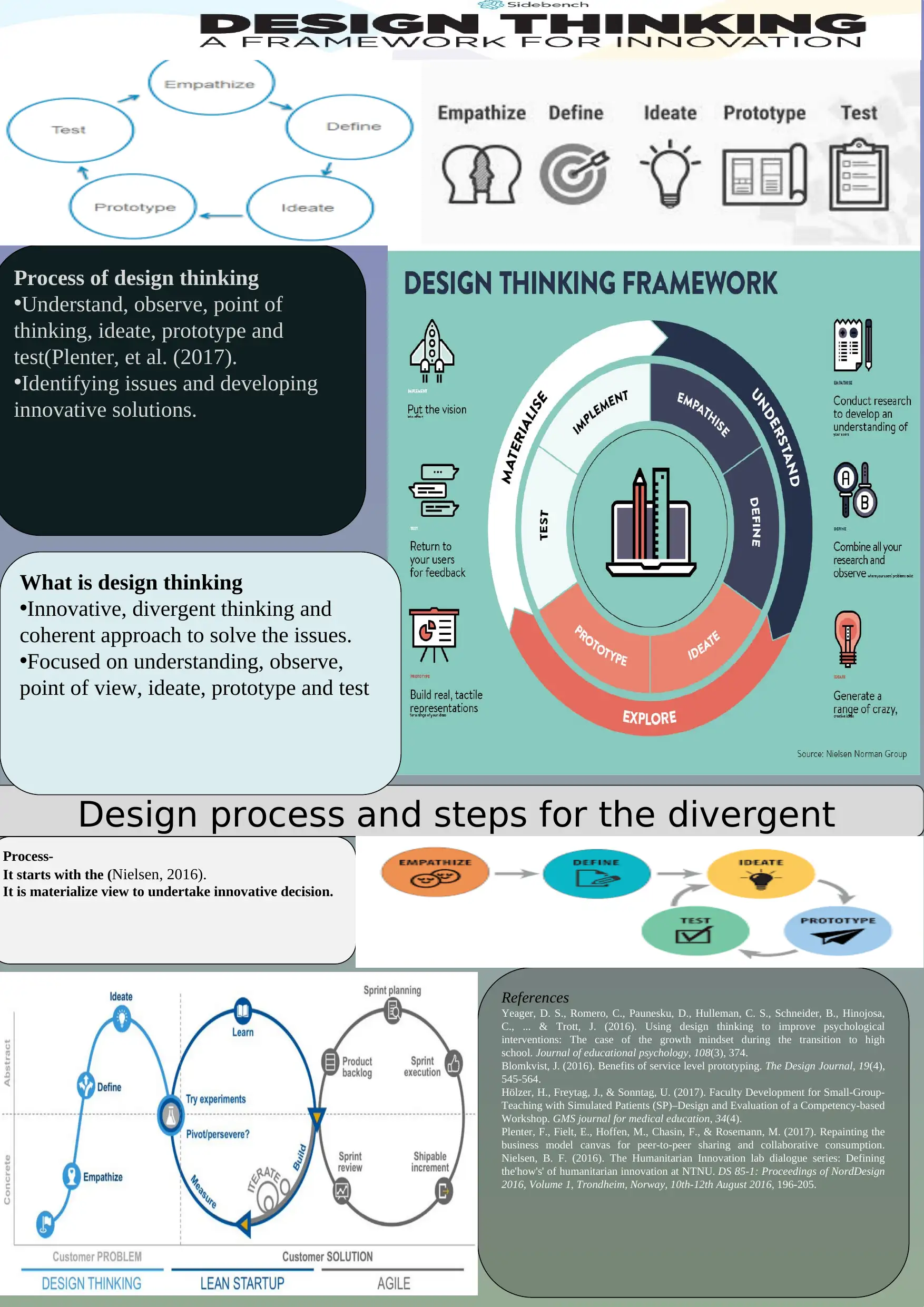MGMT20140 Term 2: Design Thinking Poster on Innovation Mindset
VerifiedAdded on 2023/06/09
|1
|315
|86
Project
AI Summary
This assignment requires the creation of a poster that visually displays the student's understanding of a 'design mindset' in the context of innovation. The poster must clearly communicate its main message, be logically structured, and aesthetically pleasing, incorporating a minimum of five academic sources. The project assesses the student's ability to synthesize information, use effective structure and layout, and demonstrate a clear understanding of design thinking principles. The assignment is part of the MGMT20140 course and contributes to the development of skills crucial for concise visualisations of complex information, which are essential elements of Design Thinking. The assessment emphasizes the importance of research, referencing, and the effective use of visual communication to convey complex ideas clearly and concisely.





![[object Object]](/_next/static/media/star-bottom.7253800d.svg)